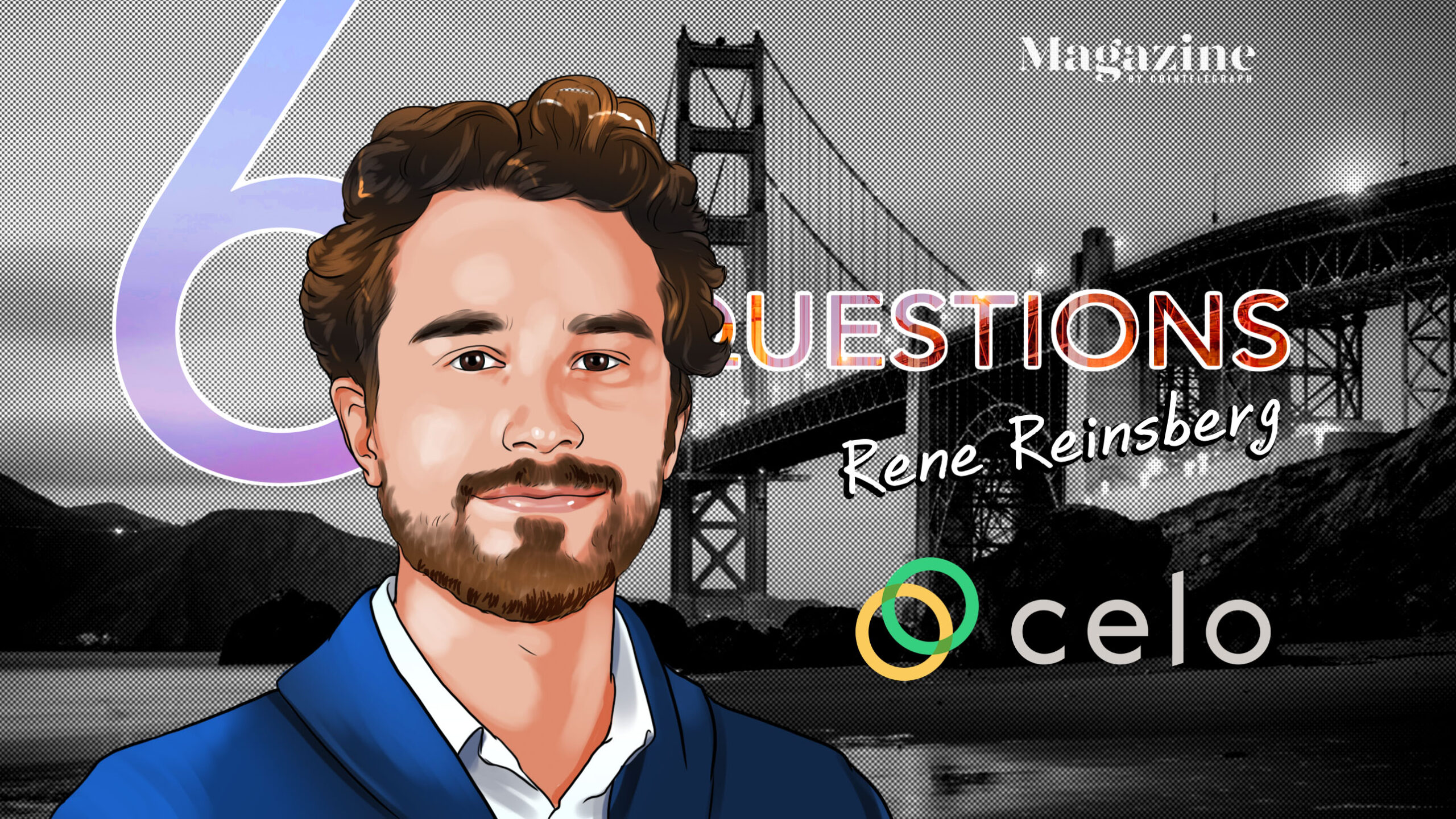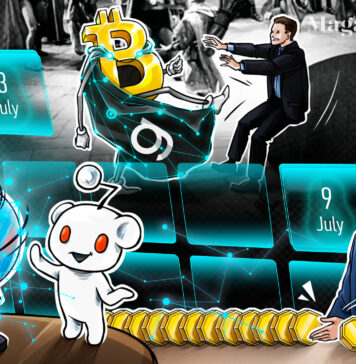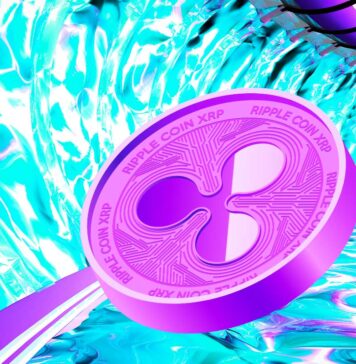
We ask the buidlers in the blockchain and cryptocurrency sector for their thoughts on the industry… and throw in a few random zingers to keep them on their toes!
This week, our 6 Questions go to Rene Reinsberg, a co-founder of Celo, an open platform that makes financial tools accessible to anyone with a mobile phone.
Rene Reinsberg is a co-founder of Celo and president of The Celo Foundation, a grant-giving organization supporting the carbon-negative Celo blockchain. He has been working at the intersection of finance, technology and development for the past 15 years, including at Morgan Stanley, McKinsey, General Catalyst Partners, the World Bank and TechnoServe. His previous company, Locu, was acquired by GoDaddy where he served as vice president of Emerging Products post-acquisition.
1 — What is the main hurdle to mass adoption of blockchain technology?
For blockchain to achieve mainstream adoption, there must be a broader understanding of the technology, which requires better awareness and education for everyone from crypto novices to crypto natives and beyond. This responsibility falls largely on crypto to do the work when thinking about last-mile solutions and go-to market approaches.
We can build a protocol, but we’re also responsible for explaining our infrastructure and championing inclusivity. By presenting onboarding as a solution, dedicating resources to developing a simple or fun gamified user experience, and building quality ramps between crypto and fiat currencies, we make the industry more approachable and easier to navigate. Accessibility, which has always informed Celo’s mobile-first approach, is also key. With 6 billion smartphone users globally, easily accessible, decentralized financial building blocks are necessary for building long-term, real-world adoption.
Lastly, we should shift mainstream conversations around Web3 toward real-world applications and use cases that serve everyday people around the world. As Web3 can be used as a transformative tool to help uplift historically disenfranchised communities, such as the un- and under-banked, sharing how blockchain has benefited farmers in Kenya to at-risk environments like the Amazon rainforest will further illustrate its impact.
2 — What do you think will be the biggest trend in blockchain for the next 12 months?
As early DeFi protocols mature, we are seeing a big push toward ReFi (regenerative finance) models, which align with the Celo Foundation’s values of recognizing individuals as unique and connected. Whereas classical economic models defined success by unfettered, exponential growth, they didn’t consider the extractive nature of the industry, viewing our environment as an empty world with unlimited resources.
ReFi, however, acknowledges that we live in a “full world,” to quote economist Herman Daly, with planetary boundaries, carrying capacities and tipping points. ReFi aims to course-correct this exploitation, better intertwining our economic and ecological systems. By using money as a tool to ascribe value to natural capital-backed assets, ReFi places a price on externalities, charging those who create negative externalities and rewarding those who create positive externalities.
Projects such as ReSource, a bankless infrastructure for circular trade and mutual credit networks that benefit small businesses, and Flow Carbon or Toucan Protocol, which are tokenizing carbon offsets, are indicative of these efforts, among other ReFi leaders within the Celo ecosystem.
3 — What’s a problem you think blockchain has a chance to solve, but a solution hasn’t been attempted yet?
Blockchain has the potential to help solve the world’s wicked problems, from environmental degradation to deep poverty. Combining blockchain technology with Web3’s ability to accelerate action is what inspired the creation of both Celo’s Climate Collective and the Alliance for Prosperity, designed to raise awareness for issues impacting individuals and communities throughout the world. We invite founders and builders to align with our shared purpose, leveraging Web3’s mass-coordination tools to tackle these mass-coordination problems.
4 — What would you like to see tokenized? When, if ever would you expect this to happen?
Bringing land and property on-chain would open up many interesting opportunities in creating use cases for DeFi beyond payments. Moss is a great example of restorative land-tokenization NFTs of the Amazon rainforest happening now, where one NFT represents one hectare of forest. Not only are owners bestowed with real estate rights, they are compelled to participate in the conservation process by digitally monitoring their biodiverse land via satellite.
5 — What has been the toughest challenge you’ve faced in our industry so far?
While market downturns, like the one we’re currently experiencing, come with significant challenges, they also present significant opportunities. Celo was built during a bear market, launching its mainnet on Earth Day 2020. Despite this, our community has continuously demonstrated its resilience and commitment to innovation. Navigating today’s market conditions is no exception for Celo’s ecosystem partners. There’s a palpable, new energy and optimism that has surfaced around Buidling our way out and returning back to the core mission: creating prosperity for all.
6 — What is the single most innovative use-case for blockchain you’ve ever seen? It doesn’t have to be the one likeliest to succeed!
Jonathan Ledgard’s “Interspecies Money” proposes the establishment of the “Bank of Other Species” to issue a CBDC that disburses billions of dollars annually to “nonhuman life-forms (or their digital twins)” and correctly pricing natural capital, called L-Marks. This would help finance ecological conservation by paying local communities for services that improve species’ life outcomes. Since many of the poorest countries have the richest biodiversity, financial incentives for these countries to benefit their surrounding ecosystems can reduce extreme poverty while protecting the environment and its inhabitants. Ledgard’s proposal aligns with the primary principles of ReFi, highlighting the potential to solve the world’s cascading crises.


